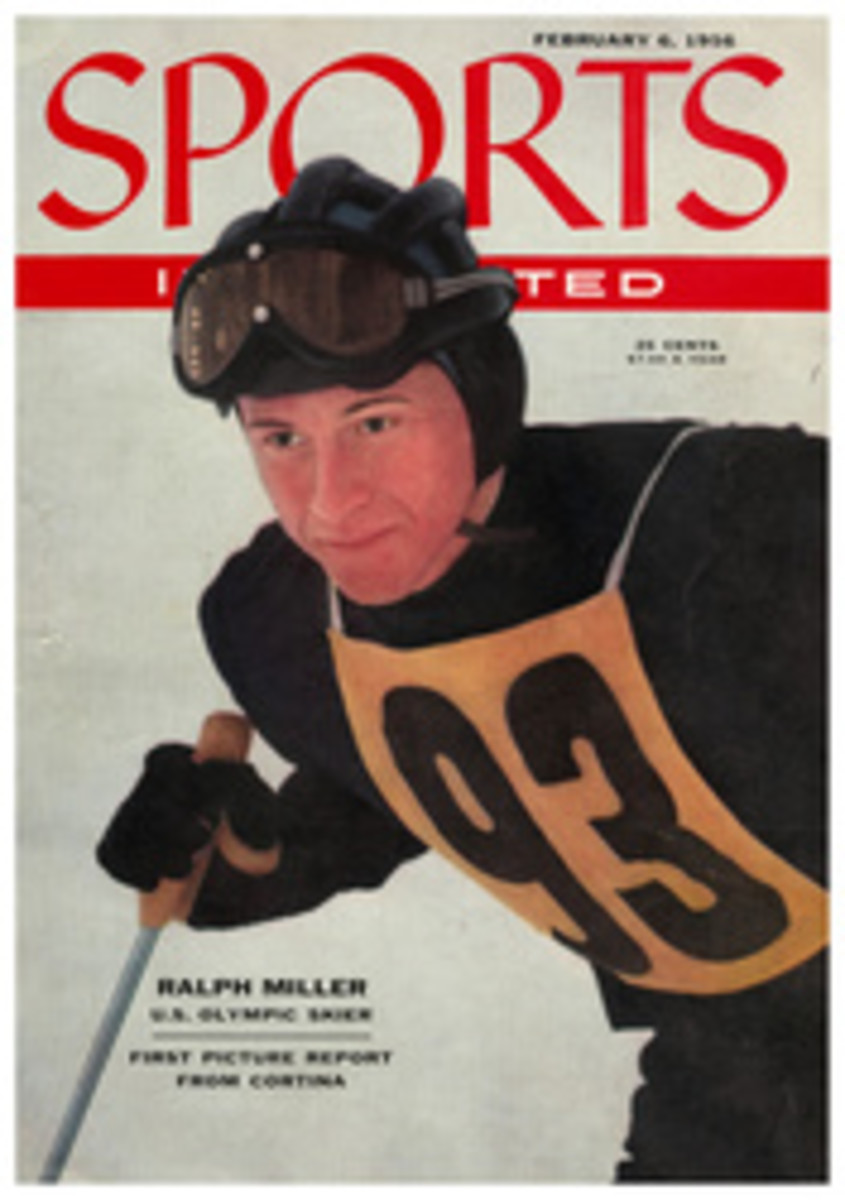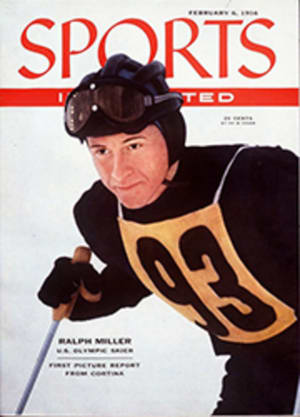
A DUCK HUNT IN VENICE
The hunt begins at 4 a.m. Darkness still hides the city on the lagoon when the guests are awakened by a loud knocking on the door from Checco, the head gamekeeper. It is cold on the open marshlands of the Valle Grassabo, the private hunting preserve across the lagoon outside of Venice; but soon, around the open hearth of the big kitchen, hot espresso coffee warms the hunters for the early start.
The day ahead is full of promise. As the guests of Dr. Ramiro Monti, owner of the Valle Grassabo, they are about to enjoy some of the finest duck hunting in Europe—hunting still carried on in the Venetian tradition.
From the rooftop, the previous afternoon, they had watched through telescopes as the birds came in. Here, in the same area hunted by Hemingway's Colonel Cantwell in his novel Across the River and into the Trees, they wait impatiently. And now, at last, it is time to go. One by one they leave, with their "man," who the night before had made ready his sandalo, the early Venetian rowboat still used in the marshlands.
For half an hour the sandali glide through the darkness. The slapping of water against the sides and the creaking of crossed oars are the only sounds as the boatmen swiftly propel the hunters to their preselected shooting positions in the marsh. When they reach them, the boatmen swiftly bail out the water from each botte, the barrel-like blinds where the hunters will spend their day. Around the sunken cement walls, a canvas lining with pockets for cartridges is hung. Food is stored in the pail-like stool on which the hunter sits. As their last duty, the boatmen set decoys. Then they leave, to return later with dogs when there are ducks to retrieve.
Alone, the hunters wait for dawn. Far in the distance the sound of gunfire can be heard and, high above, the first sound of beating wings brings guns to hand in haste and error. Hold fire. No shooting here, not yet. Only when the horn is blown—announcing dawn—can firing commence.
Now, from across the marsh, they hear it, and now they raise their guns. With the first shot the air is suddenly filled with birds—teals and curlews, pintails and mallards. There is no limit or restriction on the number that can be shot. For hours the shooting goes on. Ducks fall out of the sky as fast as they can be shot; methodically the dogs retrieve them, and slowly the day's bag grows bigger—in some cases 100 for each gun.
Toward noon the party starts back, sandali piled high with the rewards of the morning's hunt. Later, back at the casone di caccia, the hunters' lodge, the best ducks are sorted for the guests. Then the boatmen are given their choice. Waiting merchants, who have rowed up from nearby Torcello Island, buy the rest for market. In Venice, as in Valle Grassabo, wild fowl will be the fare.
Venetian Hunters set out for a day's shoot in the public marshes south of Venice. The large private shooting preserves, such as Valle Grassabo, are to the northeast.
Survey of the nesting grounds of Valle Grassabo is taken by Dr. Ramiro Monti at sunset each day before a shoot is held to determine which of the various botte will offer the best shooting at sunrise.
At the "botte," a zinia, or canvas shell pocket, is put into place by Englishman Donald Stevenson after he has been transferred by Boatman Drighetto Ugo to new position where shooting is better.
Warming up, Don Stevenson pours himself a spot of tea. Provisions for the day of tea, wine, bread, salami and cheese are stored in the milk-canlike revolving stool each hunter perches on.
Pursuing Duck, Loik, a mongrel retriever, chases a downed but lively bird through icy water along the edge of an island. Dogs stay quietly in the boats until called after the game is shot.
Boatman assigned to each hunter on the shoot is a skillful handler of the sandalo, an antique but swift Venetian rowboat, shown here with Don Stevenson as a passenger.
Talk of the hunt brings huntsmen together around the foguer, the raised fireplace that is the center of Venetian kitchens, to drink wine, discuss the shoot and eat eels broiled over the coals. From left to right, seated: Commendatore Bruno Monti, Conte Zasio, Cavaliere Antonio Bianchini, Dr. Ramiro Monti, Giorgio Monti and Donald Stevenson, an English in-law of the Montis.
PHOTO
JERRY COOKE
SIX PHOTOS

